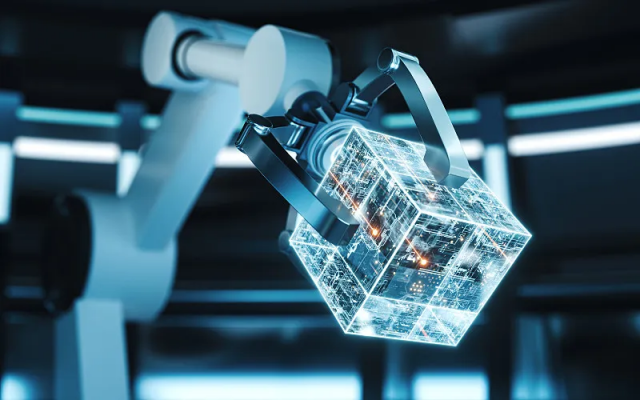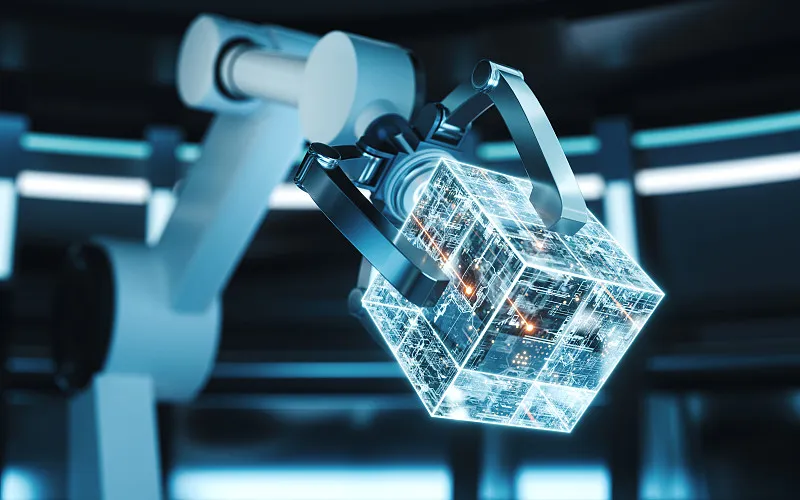According to the different transmission media, automotive connectors can be divided into high-speed connectors for transmitting exchange data signals and electrical connectors for transmitting exchange current. According to the different operating voltage, electrical connectors can be divided into low-voltage connectors and high-voltage connectors.
Low-voltage connectors: Low-voltage connectors are primarily designed to withstand lower voltages, usually below a few thousand volts. These connectors are commonly found in household appliances, electronic equipment, and low-voltage electrical systems. Low-voltage connectors usually use a wider range of materials, including plastic, metal, etc. The design is relatively simple, and the emphasis may be more on the reliability and durability of the connection.
Low-voltage connectors are usually used in building management systems, air conditioning systems, lighting fixtures, etc. The operating voltage of conventional fuel vehicles is generally 14V.

High-voltage connectors: High-voltage connectors are used to withstand higher voltage levels, which can range from a few thousand volts to hundreds of thousands of volts or even higher. They are commonly used in power transmission, substations, and high-voltage industrial applications. High-voltage connectors require stronger materials to withstand high electric field and voltage stresses. Common materials include highly insulating plastics, ceramics, rubber and special alloys. Connectors need to be designed with electric field distribution, arc control and adaptability to high voltage environments in mind.
High voltage connectors are widely used in new energy vehicles. In general, they offer transmission in 60V, 380V or higher voltage classes, and 10A-300A or higher current classes, depending on the scenario. High-voltage connectors are mainly used in new energy vehicle batteries, PDUs (high-voltage distribution boxes), OBC (on-board chargers), DC/DC, air conditioning, PTC heating, DC/AC charging interfaces, etc.
High-speed connectors are divided into FAKRA RF connectors, Mini-FAKRA connectors, HSD (high-speed data) connectors and Ethernet connectors. Mainly used in cameras, sensors, broadcast antennas, GPS, Bluetooth, WiFi, keyless entry, infotainment systems, navigation and driver assistance systems.

High voltage connector power connection, high speed connector intelligent connection.
1) Unlike traditional fuel vehicles, the core components of new energy vehicles are batteries, motors and electronic control systems. Because new energy vehicles use the principle of electric drive motors, in order to achieve greater torque and torque, high-power high-voltage connectors need to be provided. The corresponding high voltage and high current far exceed the 14V voltage of traditional fuel vehicles.
2) With the advent of the era of connected vehicles and the popularity of intelligent driving, more data needs to be collected and processed at a faster speed. One is cameras, radar, lidar and other sensors inside and outside the car, and the other is vehicle-to-vehicle (V2V) sensors. Vehicle-to-network (V2N), vehicle-to-infrastructure (V2I), vehicle-to-Pedestrian (V2P), vehicle-to-utility (V2U) and vehicle-to-network (V2X) wireless communications generate, send, receive, store and process massive amounts of data. For example, a lidar module that can provide high-precision, high-resolution 3D and 360° imaging data around the car may generate 70Mbps of data traffic, a camera may generate 40Mbps of traffic, a radar module may generate 100Kbps of data traffic, and a navigation system may generate 50Kbps of data traffic.










